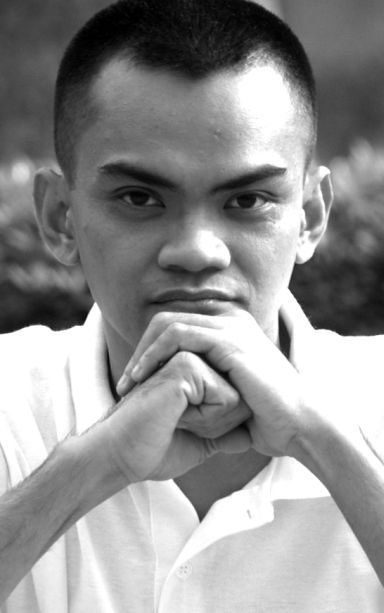
PAREDES
On midafternoon of June 12, Philippine Independence Day, my wood relief (carving) sculpture entitled “Leon Kilat ug ang Kagubot sa Sugbo sa 1898” (“Leon Kilat and the Revolution in Cebu in 1898”) was finally unveiled at Palm Grass Hotel, the Cebu heritage-themed hotel located near the corner of Junquera and Sanciangko Streets.
The artwork’s unveiling was part of the activities marking Philippine Independence Day at the hotel, which was decorated on that historic day with flags, palm fronds, and had for its menu a French-inspired merienda cena. Both decor and menu were inspired palm frond decor seen on the archival photos of the Malolos Congress and its lavish French menu. Patriotic songs blaring from hidden speakers added to the ambience of the hotel lobby where the snack buffet and program was held.
But while we marked General Emilio Aguinaldo’s declaration of the country’s independence from foreign rule on June 12, 1898, my sculpture recalls the earlier uprising of the Cebuano members of the Katipunan, led by Pantaleon “Leon Kilat” Villegas in April of that same year. We know now that while Aguinaldo had declared the entire nation free from foreign rule, the fighting actually raged on in other parts of archipelago. In fact, it continued into what would become the Philippine-American War.
In Cebu, for example, following Spanish counterattack and the retreat of the Tres de Abril insurgents, which led to the death of Leon Kilat in the hands of traitors, the other members of the Katipunan continued the fight until the Spaniards finally surrendered and left Cebu on Christmas eve of 1898. Finally, on December 12 of that year, the local Katipuneros led by General Arcadio Maxilom and Luis Flores, waved the flag of the Philippine Republic after a mass at the Cathedral as they declared the liberation of Cebu from Spanish rule.
The Cebuanos governed themselves under the Philippine Republic even as Manila fell in the hands of the Americans, forced only to surrender to protect the city from bombardment as the Americans arrived on February 21, 1899. But while the politicians handed over control to the new masters, General Maxilom and other leaders of the revolution continued the resistance, although it was only short-lived.
My work depicted the Kagubot (Revolution) or that proud moment when Leon Kilat and other members of the Katipunan in Cebu took up arms against the Spaniards. At the center of the piece was Leon Kilat riding a horse and wielding the native bolo or machete.
He was wearing a vestidora, a kind of amulet vest printed with religious images and Latin prayers, which they believed would stop bullets like today’s bulletproof vest.
Surrounding Leon Kilat were the other Katipuneros brandishing all sorts of weapons: Spanish standard-issue Mauser rifle, a revolver, bolos, and even bamboo lances. They were all wearing the vestidora but unlike Leon Kilat who was distinguished for having his head fully exposed, the Katipuneros were all wearing hats with small red paper or cloth triangles attached on the front.
This was the same red triangle that could be seen on the earlier Katipunan flag, symbolic of the three groups of islands in the Philippines but also of the Holy Trinity. The revolution against the Spaniards was, after all, fought by the natives, with a mix of patriotic and religious fervor.
While my work’s iconography was based on historical facts, the style I chose is not totally naturalistic or realistic. Anatomy is slightly stylized, exaggerating, for example, the limbs to suggest extraordinary strength and courage.
I also tried to preserve the chiseled look and this accounted for a slightly Cubist or geometric style of the sculpture. It is, however, not incidental as I was actually inspired by Picasso’s painting “Guernica,” which delved on the bombing of a small village by the Nazis and local fascists during the Spanish Civil War. It is only one of the historical works I studied in the course of my research for this sculpture. The prominent image of the angry horse in my work, with its Cubist rendition, brings to mind the iconic image of the screaming horse which also occupied a central position in “Guernica.”
My work on Leon Kilat is the first of a series of seven relief sculptures on the theme of Cebu’s history that Palm Grass Hotel has commissioned me to do. While I am admittedly new at the art of wood sculpture and even more of a novice in local history, I took on the opportunity to learn more of both the craft of wood carving, which had its challenges and difficulties, and my subject matter, which is the story of this place that I now call my home.
I thank Palm Grass Hotel for giving me this opportunity to contribute to the awareness of local heritage and history, its corporate advocacy that I now share.
Disclaimer: The comments uploaded on this site do not necessarily represent or reflect the views of management and owner of Cebudailynews. We reserve the right to exclude comments that we deem to be inconsistent with our editorial standards.
